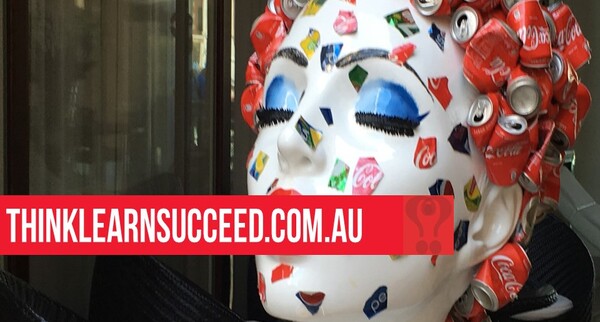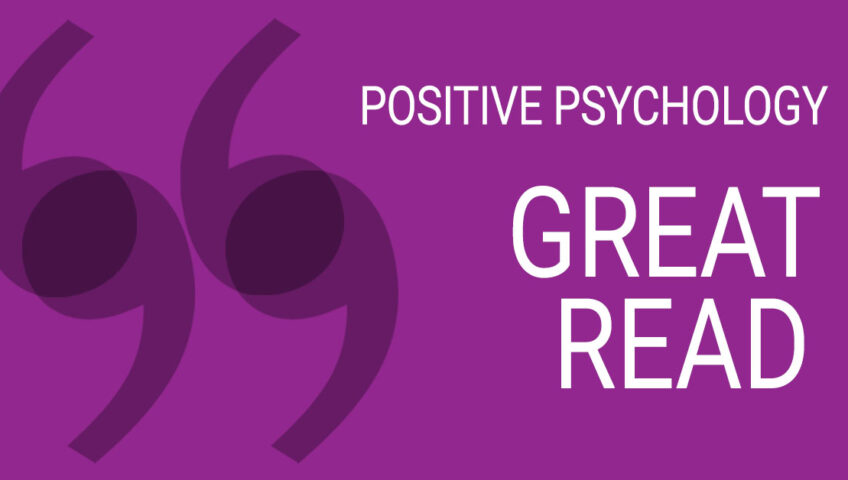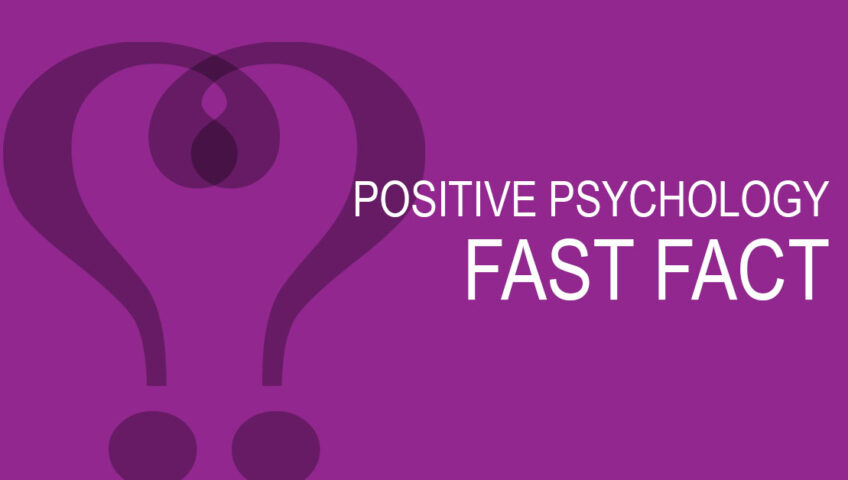Here’s a great positive psychology case study on learned optimism. Aussie Optimism The program is an after-school program that helps children of all different ages. It helps young people build their skills and use the principles of learned optimism to make a great start in life. The Aussie Optimism team uses positive psychology models to encourage young people to build their strengths. It also encourages them to look towards the future, rather than simply solving problems in the here-and-now.
The program has has helped hundreds of young people reduce mental health stress, recover from depression, reduce suicidal thoughts and behaviours and more. Young people who go through this program are less likely to drink or smoke when they grow older because they feel supported and loved. Positive psychology models fill the gaps in people’s minds and hearts where there might otherwise be nothing but negativity.
You might find that many mental health organisations focus on finding solutions to the negative mental health problems a child might have. Groups like Aussie Optimism seek to reverse that trend by highlighting the positives and helping young people build on their strengths. They’ve found that the mental health problems start to decline on their own. This is a powerful tool that you can use in your own life or organisation to promote support, independence and positivity.
Want more positive psychology updates? Follow Eleanor Shakiba and her team of positive psychology trainers on LinkedIn and Facebook today!
About the author of this article:
Eleanor Shakiba is a master trainer and coach. Her passion is teaching ‘positive deviants’ to think positively and communicate constructively. A specialist the field of Positive Psychology, Eleanor is author of the Positive Psychology Toolkit for HR and L&D practitioners. She also provides coaching and training for trainers and facilitators.










